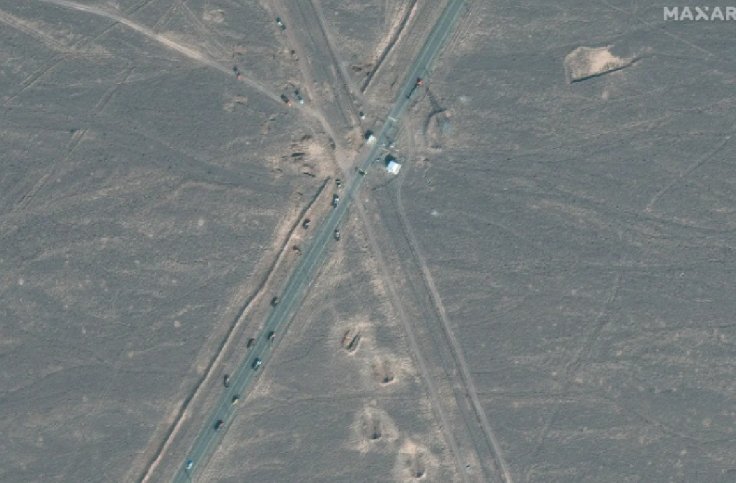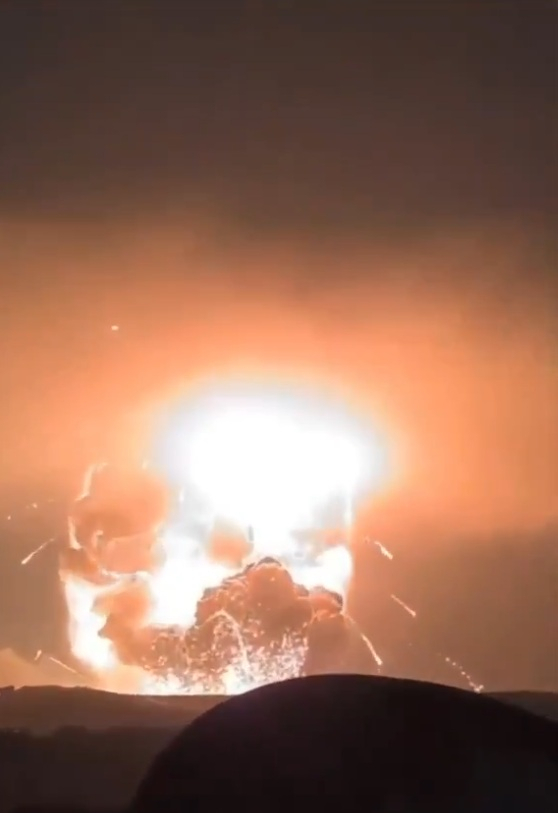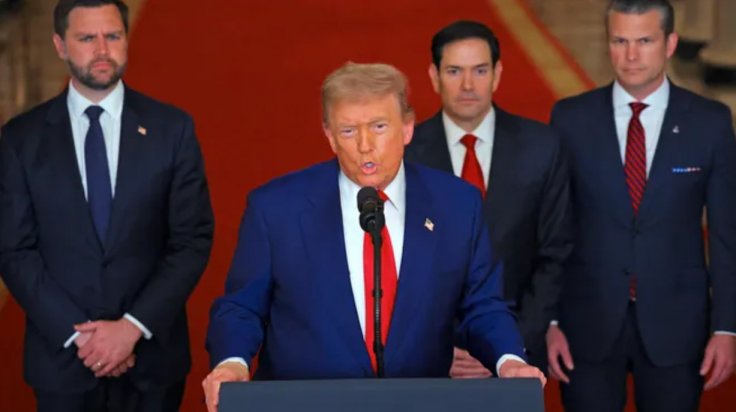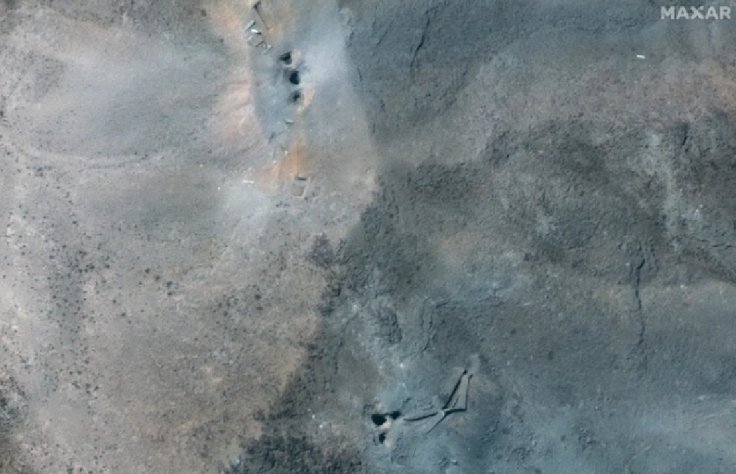Satellite images that emerged on Monday morning appear to show dozens of trucks gathered at Iran's Fordow nuclear site just days ahead of the U.S.'s major airstrikes, fueling speculation that Tehran may have shifted its uranium stockpiles before the attack.
The images, provided by American defense contractor Maxar Technologies, showed more than a dozen cargo trucks stationed near the tunnel entrance of the Fordow enrichment facility on Thursday and Friday, which likely moved out the uranium stockpiles from the nuclear facility. The trucks were seen moving unidentified materials about half a mile from the site over a 24-hour period, according to multiple U.S. officials who spoke to the Free Press.
Iran Claims Site Evacuated

U.S. and Israeli intelligence agencies were reportedly aware of the truck activity at the time but chose not to intervene, preferring to monitor the vehicles' movements while awaiting President Donald Trump's orders for the strikes, officials said.
Early Sunday, Trump ordered the launch of 75 precision-guided weapons — including bunker-buster bombs and over two dozen Tomahawk missiles — targeting the Fordow facility along with two other Iranian nuclear sites.

After the attack, Iranian state media said that the Fordow, Isfahan, and Natanz locations had been evacuated ahead to the strikes.
Iran has not officially revealed the extent of the damage caused by the strikes, but on Monday, White House Press Secretary Karoline Leavitt said that the Trump administration was "confident" the Iranian nuclear facilities had been "completely and totally destroyed."
"We have a high degree of confidence that where those strikes took place is where Iran's enriched uranium was stored," she told ABC News.

"The president wouldn't have launched the strikes if we weren't confident in that."
"So this operation was a resounding success and administration officials agree with that, as well as Israel," she added.
Trump, himself, hailed the strikes as a "Bullseye!!!"
No Trace of Uranium
Satellite images appeared to show that the Fordow facility had been heavily damaged or possibly destroyed in the strikes, along with the uranium-enriching centrifuges it contained. "Monumental Damage was done to all Nuclear sites in Iran," Trump said in a Truth Social post. "The biggest damage took place far below ground level. Bullseye!!!"

However, U.S. defense officials have said that they are still trying to assess the full extent of the damage caused by the strikes, amid growing speculation that Iran may have moved its uranium stockpile out of the underground military facility beforehand.
"I wish the Israelis had moved quicker to disable Fordow," David Albright, a former United Nations weapons inspector, told The Free Press in the wake of the attacks.
"It's still a mystery exactly what was in those trucks. But any highly enriched uranium at Fordow was likely gone before the attack."

Secretary of State Marco Rubio told NBC's "Meet the Press" that he's skeptical Iran managed to relocate any materials before the strikes, though he admitted that "no one will know for sure for days."
He also said that U.S. officials believe a large portion of Iran's 60 percent enriched uranium stockpile was stored at the Isfahan facility at the time it was struck. "Our assessment is we have to assume that that's a lot of 60% enriched uranium buried deep under the ground there in Isfahan," he said.
Rubio did not directly mention the Fordow or Natanz sites, but said that Iran should now remove its stockpile "out of the ground and turn it over." "That really is the key," Rubio said. "Multiple countries around the world will take it and down blend it. That's what they should do with that."









